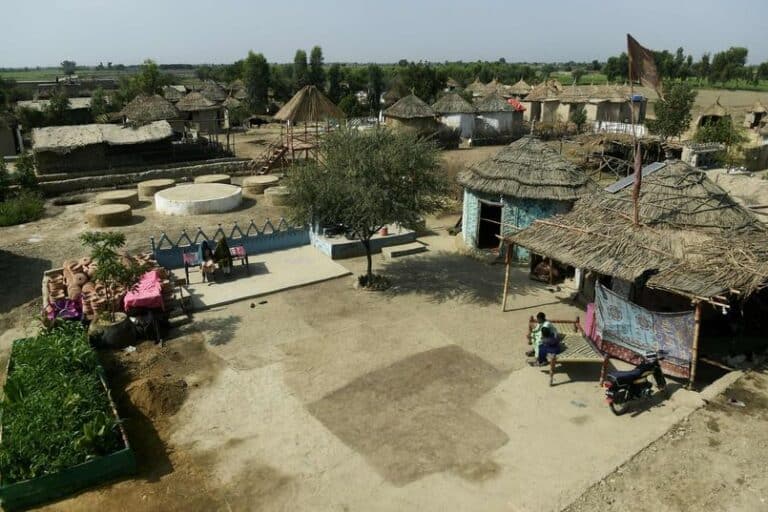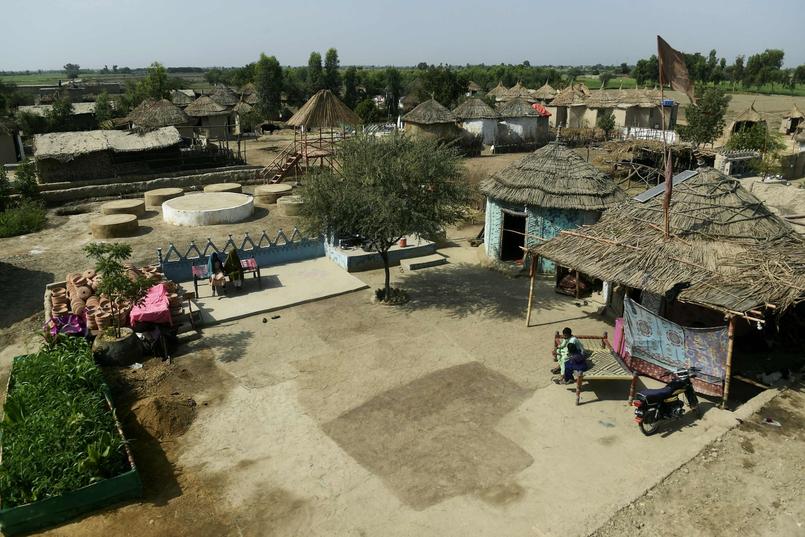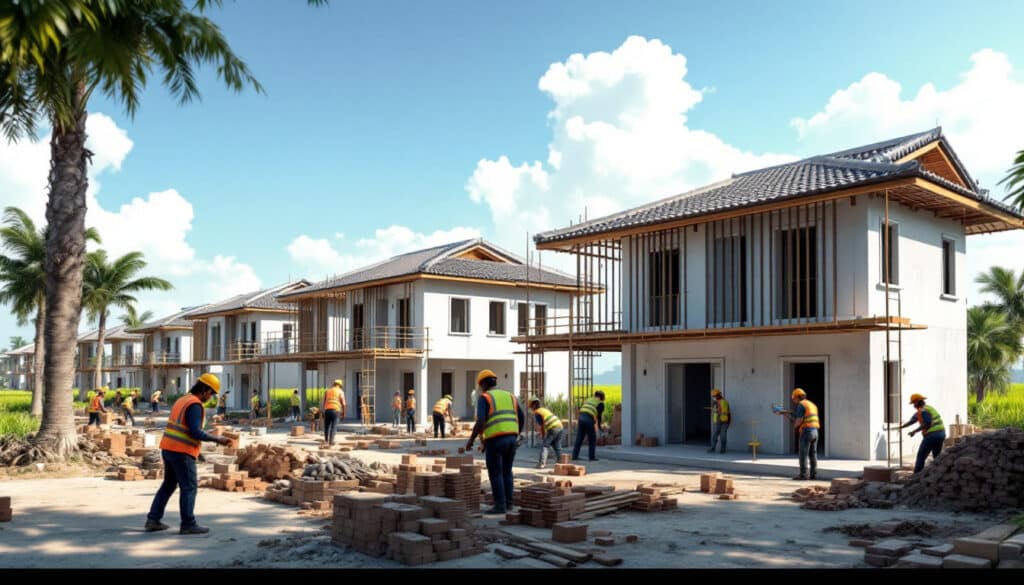On January 29, 2025, the G-9 Army and the Bliss team accomplished a remarkable feat by inaugurating the first 3D printed barracks of the Department of Defense (DOD) at Fort Bliss, Texas. These innovative structures represent a significant advancement in the field of military infrastructure, combining modernity and efficiency. This bold project marks an important step in the adoption of additive manufacturing, highlighting the army’s commitment to integrating new technologies for the benefit of the soldiers.

On January 29, 2025, the G-9 Army and the Bliss team celebrated a major advancement in military construction by inaugurating the first 3D printed barracks for the Department of Defense (DOD) at Fort Bliss, Texas. This significant event was honored by the participation of several military leaders, including Lt. Gen. David Wilson, deputy chief of staff, G-9 (Installations). These innovative new facilities, which open a promising chapter in the use of 3D printing technology, are a striking example of how the army is incorporating modern solutions to traditional military infrastructure challenges. They represent a step toward a future where efficiency and sustainability are priorities.
Table of Contents
ToggleA technological advancement in military infrastructure
The new barracks are built using advanced technology, known as additive manufacturing, which allows for the creation of complex structures using less material and reducing construction time. The process starts with digital designs that are then realized via a robust 3D printer, capable of erecting buildings with a footprint of 5,700 square feet. Through this methodology, these barracks position themselves not only as functional infrastructures but also as a model of sustainable innovation. Furthermore, the choice of materials has been carefully adjusted to meet specific environmental conditions, ensuring optimal performance.
Impacts on training and deployment
The barracks inaugurated at Fort Bliss are intended to accommodate deployed soldiers, thus optimizing the use of space and resources. With a housing capacity of 56 soldiers per building, these modern facilities will support the mission of the Mobilization Force Generation Installation of Fort Bliss, which trains approximately 70,000 military personnel each year. This demonstrates the army’s commitment to providing a comfortable and suitable environment for its soldiers while adopting future construction methods that will enhance the responsiveness and efficiency of military missions. This project was carried out with the indispensable assistance of the U.S. Army Corps of Engineers, thus ensuring the compliance and safety of the new structures.
















